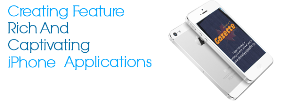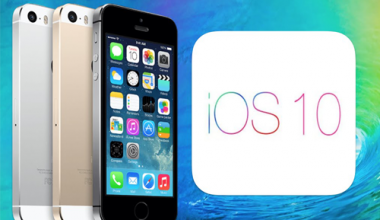There is a broad range of applications for 3G, which makes investment in a licence attractive
Dubai: 3G is a synonym with the “third generation” of mobile telephony, officially named International Mobile Telecommunications-2000 (IMT-2000).
It comprises a couple of standards for mobile tele-communications fulfilling specifications by the International Telecommunication Union, which includes UMTS, and CDMA2000 as well as other wireless standards such as DECT and WiFi.
Services include wide-area wireless voice tele-phone, video calls and wireless data, all in a mobile environment.
Compared to 2G and 2.5G services, 3G allows simultaneous use of speech and data services and higher data rates (at least 200 kbit per second peak bit rate to fulfil IMT-2000 specification). Today’s 3G systems can offer practice of up to 14.0 Mbit per second on the downlink and 5.8 Mbit per second on the uplink.
There is a broad range of applications for 3G, which makes investment into a licence very attractive to telecom operators due to high yields on the service. Some of the applications are:
- Mobile TV: A TV channel can be watched on a 3G mobile phone or PDA (personal digital assitant)
- Video on demand: Movies are sent to the subscriber’s phone.
- Video conferencing: Subscribers can see as well as talk to each other.
- Tele-medicine: A medical provider monitors or provides advice to the potentially isolated subscriber.
- Location-based services: A provider sends localised weather or traffic conditions to the phone, or the phone allows the subscriber to find nearby businesses or friends.
Requirements
To use 3G services, a compatible device is necessary. A phone that has 3G functionality has nothing to do with the number of cameras or the memory it has. The device is connected to the 3G network through its SIM card or its 3G data card, which are both generally provided by the telecom network operator. Through that, customers get connected to the internet whenever they are within a 3G network.
If they are not in one, the device switches automatically to 2G or 2.5G services without interruption, but with slower data services.
The service must be subscribed to, and many providers charge flat rates for mobile data usage. However, customers have to be careful when using 3G data abroad when they leave their home network, as costs for data transfer can dramatically rise.
Mobile infrastructure providers are currently working on a new technology called 4G or IMT Advanced. 4G refers to all IP packet switched networks, mobile ultra-broadband at gigabit speed access and multi-carrier transmission.
A 4G system is expected to provide a comprehensive and secure all-IP based solution.
Resource:
http://gulfnews.com/business/telecoms/next-generation-of-mobile-telephony-1.610154




